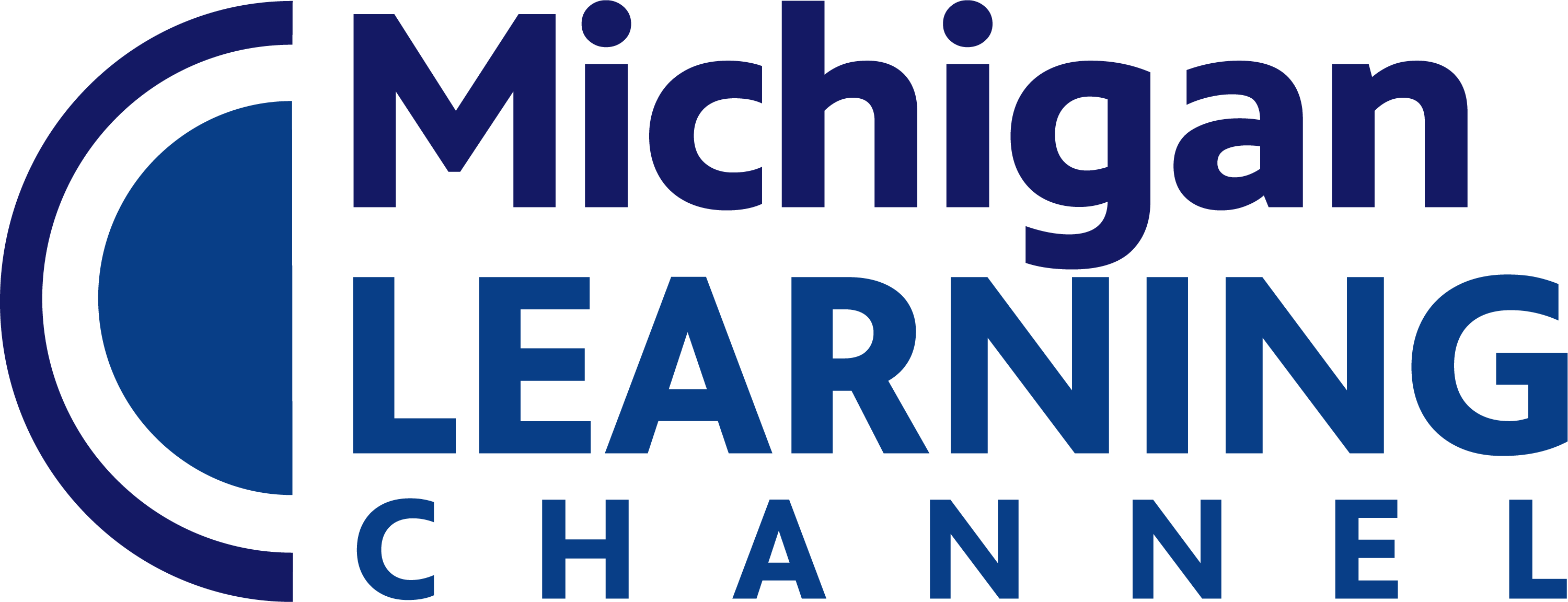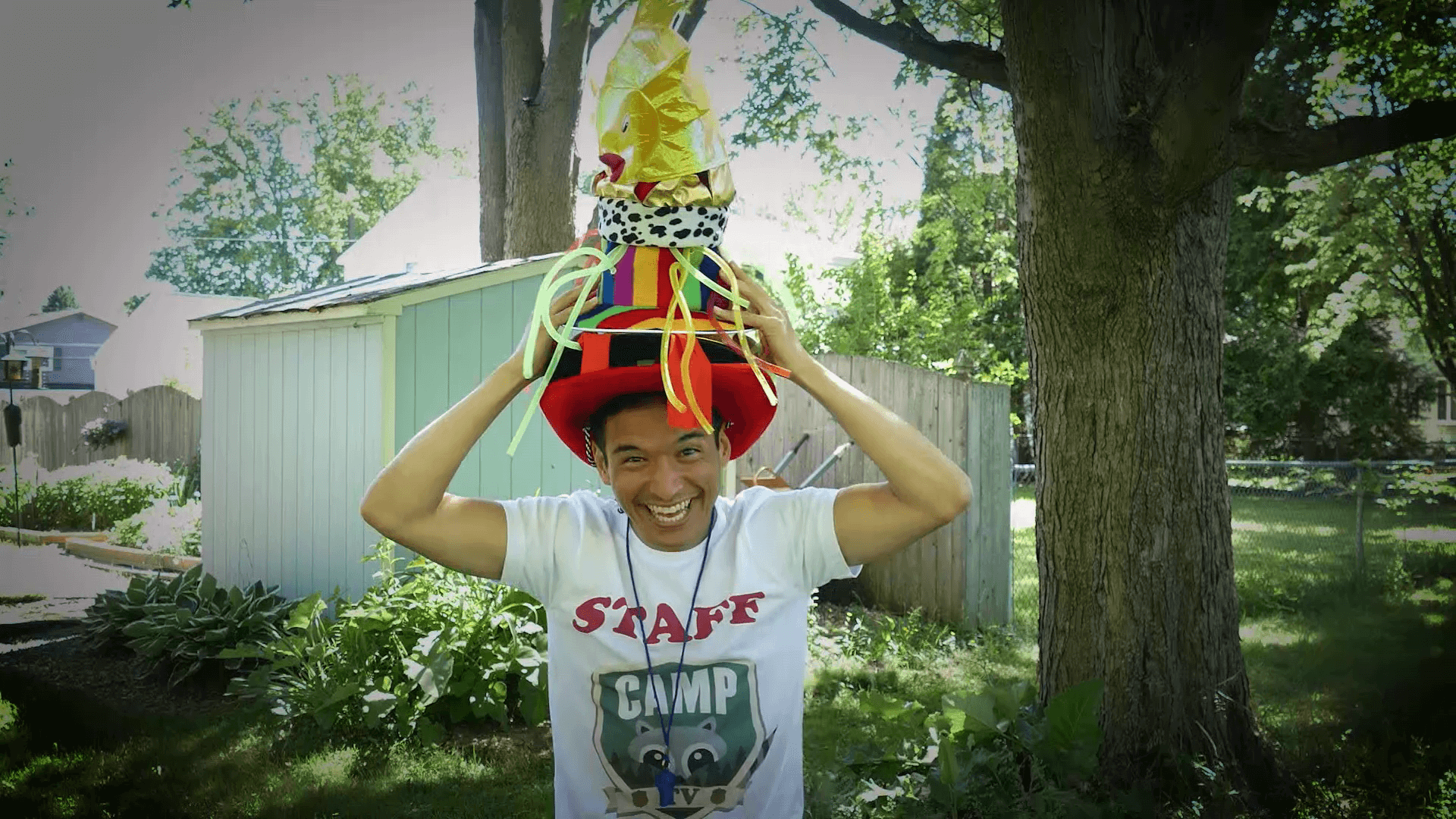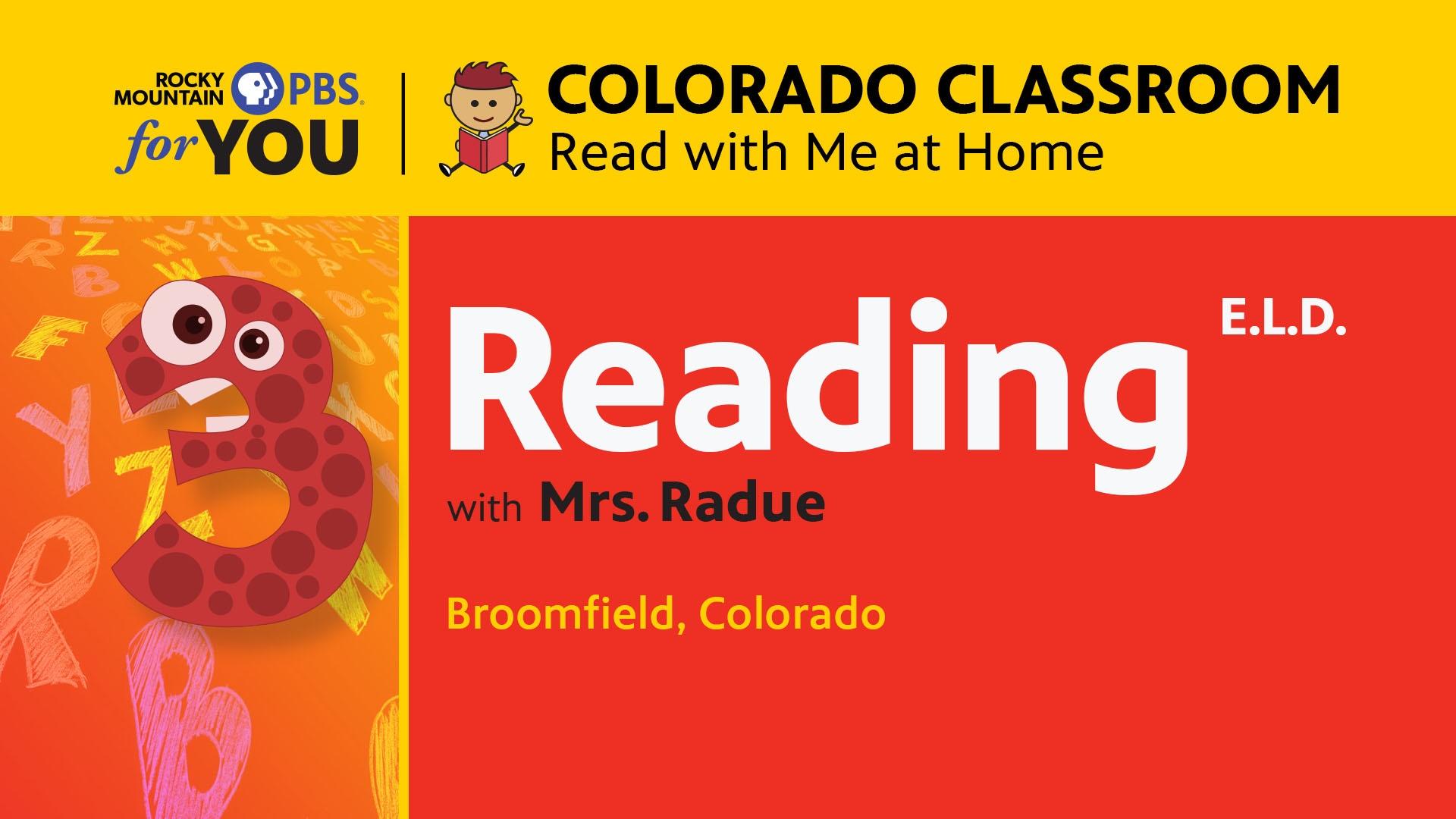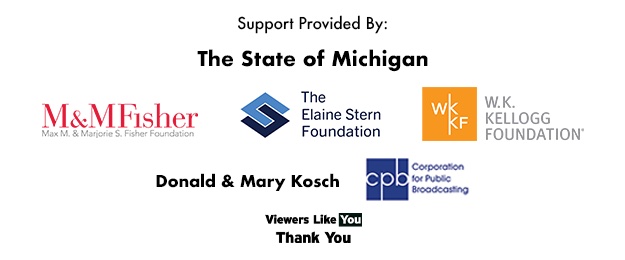Subjects
Shows
Students use digital tools to work with friends and people from different backgrounds or cultures.
Students use collaborative technologies to connect with others, including peers, experts and community members, to explore different points of view [...]
Students perform a variety of roles within a team using age-appropriate technology to complete a project or solve a problem.
Students work with others using collaborative technologies to explore local and global issues.
Students recognize the rights, responsibilities and opportunities of living, learning and working in an interconnected digital world, and they act [...]
Students demonstrate an understanding of the role an online identity plays in the digital world and learn the permanence of [...]
Students practice and encourage others in safe, legal and ethical behavior when using technology and interacting online, with guidance from [...]
Students learn about, demonstrate and encourage respect for intellectual property with both print and digital media when using and sharing [...]
Students critically curate a variety of resources using digital tools to construct knowledge, produce creative artifacts and make meaningful learning [...]
Students collaborate with a teacher to employ appropriate research techniques to locate digital resources that will help them in their [...]
Students learn how to evaluate sources for accuracy, perspective, credibility and relevance.
Using a variety of strategies, students organize information and make meaningful connections between resources.
Students explore real-world problems and issues and collaborate with others to find answers or solutions.
Students use a variety of technologies within a design process to solve problems by creating new, useful or imaginative solutions.
Students explore and practice how a design process works to generate ideas, consider solutions, plan to solve a problem or [...]
Students use digital and non-digital tools to plan and manage a design process.
Students engage in a cyclical design process to develop prototypes and reflect on the role that trial and error plays.
Students demonstrate perseverance when working with open-ended problems.
Students develop and employ strategies for understanding and solving problems in ways that leverage the power of technological methods to [...]
Students explore or solve problems by selecting technology for data analysis, modeling and algorithmic thinking, with guidance from an educator.
Students select effective technology to represent data.
Students break down problems into smaller parts, identify key information and propose solutions.
Students understand and explore basic concepts related to automation, patterns and algorithmic thinking.
Students communicate clearly and express themselves creatively for a variety of purposes using the platforms, tools, styles, formats and digital [...]
Students leverage technology to take an active role in choosing, achieving and demonstrating competency in their learning goals, informed by [...]
Students develop learning goals in collaboration with an educator, select the technology tools to achieve them, and reflect on and [...]
With the oversight and support of an educator Students build a network of experts and peers within school policy and [...]
Students seek from feedback from both people and features embedded in digital tools, and use age-appropriate technology to share learning.
Students explore age-appropriate technologies and begin to transfer their learning to different tools or learning environments.
A special kids' block with exciting content from zoos, libraries, and more!
Lesson 10
This class explores the main idea of a story and the role of supporting details. This lesson is for 2nd and 3rd grade students who are learning English and have intermediate to advanced English skills.
Lesson 09
Adjectives and adverbs are the stars of this lesson. This lesson is for 2nd and 3rd grade students who are learning English and have intermediate to advanced English skills.
Lesson 08
Learn words that have similar and opposite meanings and about a Colorado suffragette. This lesson is for 2nd and 3rd grade students who are learning English and have intermediate to advanced English skills.
Lesson 07
Learn homophones, words that sound the same but have different meanings and spellings. This lesson is for 2nd and 3rd grade students who are learning English and have intermediate to advanced English skills.
Lesson 6
Learn all about “WH” words. Who? What? When? Where? Why? This lesson is for 2nd and 3rd grade students who are learning English and have intermediate to advanced English skills.
Lesson 5
Read a story and play games to learn about contractions. This lesson is for 2nd and 3rd grade students who are learning English and have intermediate to advanced English skills.
Lesson 4
Mrs. Radue teaches suffixes and prefixes through a ‘Day at the Zoo’ story. This lesson is for 2nd and 3rd grade students who are learning English and have intermediate to advanced English skills.
Lesson 3
Just a few letters at the beginning of a word can change its meaning! We'll learn how prefixes like re-, mis-, and un- change the meaning of a few of our favorite verbs. This lesson is for 2nd and 3rd grade students who are learning English and have intermediate to advanced English skills.
Subjects
Shows
Students use digital tools to work with friends and people from different backgrounds or cultures.
Students use collaborative technologies to connect with others, including peers, experts and community members, to explore different points of view [...]
Students perform a variety of roles within a team using age-appropriate technology to complete a project or solve a problem.
Students work with others using collaborative technologies to explore local and global issues.
Students recognize the rights, responsibilities and opportunities of living, learning and working in an interconnected digital world, and they act [...]
Students demonstrate an understanding of the role an online identity plays in the digital world and learn the permanence of [...]
Students practice and encourage others in safe, legal and ethical behavior when using technology and interacting online, with guidance from [...]
Students learn about, demonstrate and encourage respect for intellectual property with both print and digital media when using and sharing [...]
Students critically curate a variety of resources using digital tools to construct knowledge, produce creative artifacts and make meaningful learning [...]
Students collaborate with a teacher to employ appropriate research techniques to locate digital resources that will help them in their [...]
Students learn how to evaluate sources for accuracy, perspective, credibility and relevance.
Using a variety of strategies, students organize information and make meaningful connections between resources.
Students explore real-world problems and issues and collaborate with others to find answers or solutions.
Students use a variety of technologies within a design process to solve problems by creating new, useful or imaginative solutions.
Students explore and practice how a design process works to generate ideas, consider solutions, plan to solve a problem or [...]
Students use digital and non-digital tools to plan and manage a design process.
Students engage in a cyclical design process to develop prototypes and reflect on the role that trial and error plays.
Students demonstrate perseverance when working with open-ended problems.
Students develop and employ strategies for understanding and solving problems in ways that leverage the power of technological methods to [...]
Students explore or solve problems by selecting technology for data analysis, modeling and algorithmic thinking, with guidance from an educator.
Students select effective technology to represent data.
Students break down problems into smaller parts, identify key information and propose solutions.
Students understand and explore basic concepts related to automation, patterns and algorithmic thinking.
Students communicate clearly and express themselves creatively for a variety of purposes using the platforms, tools, styles, formats and digital [...]
Students leverage technology to take an active role in choosing, achieving and demonstrating competency in their learning goals, informed by [...]
Students develop learning goals in collaboration with an educator, select the technology tools to achieve them, and reflect on and [...]
With the oversight and support of an educator Students build a network of experts and peers within school policy and [...]
Students seek from feedback from both people and features embedded in digital tools, and use age-appropriate technology to share learning.
Students explore age-appropriate technologies and begin to transfer their learning to different tools or learning environments.
A special kids' block with exciting content from zoos, libraries, and more!
Lesson 10
This class explores the main idea of a story and the role of supporting details. This lesson is for 2nd and 3rd grade students who are learning English and have intermediate to advanced English skills.
Lesson 09
Adjectives and adverbs are the stars of this lesson. This lesson is for 2nd and 3rd grade students who are learning English and have intermediate to advanced English skills.
Lesson 08
Learn words that have similar and opposite meanings and about a Colorado suffragette. This lesson is for 2nd and 3rd grade students who are learning English and have intermediate to advanced English skills.
Lesson 07
Learn homophones, words that sound the same but have different meanings and spellings. This lesson is for 2nd and 3rd grade students who are learning English and have intermediate to advanced English skills.
Lesson 6
Learn all about “WH” words. Who? What? When? Where? Why? This lesson is for 2nd and 3rd grade students who are learning English and have intermediate to advanced English skills.
Lesson 5
Read a story and play games to learn about contractions. This lesson is for 2nd and 3rd grade students who are learning English and have intermediate to advanced English skills.
Lesson 4
Mrs. Radue teaches suffixes and prefixes through a ‘Day at the Zoo’ story. This lesson is for 2nd and 3rd grade students who are learning English and have intermediate to advanced English skills.
Lesson 3
Just a few letters at the beginning of a word can change its meaning! We'll learn how prefixes like re-, mis-, and un- change the meaning of a few of our favorite verbs. This lesson is for 2nd and 3rd grade students who are learning English and have intermediate to advanced English skills.




